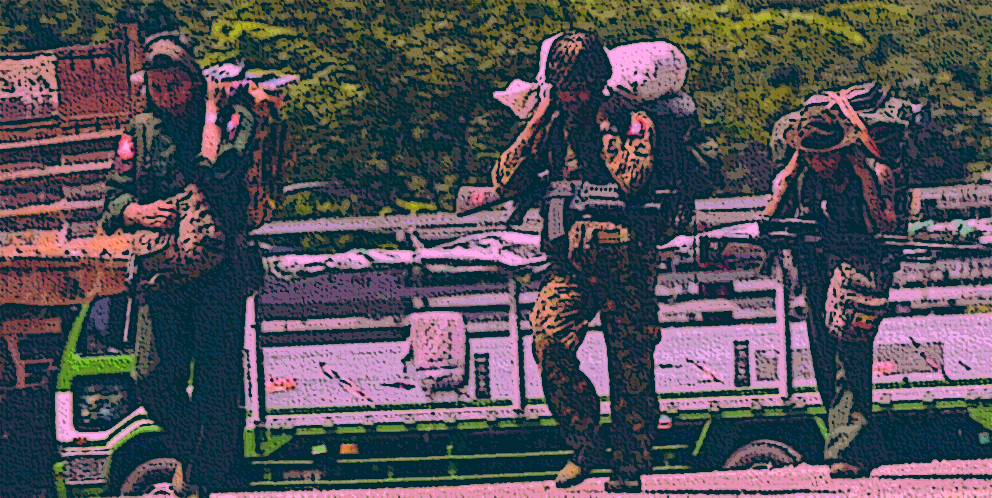Myanmar Spring Chronicle – February 16 by MoeMaKa Media:
Conscript Law Sparks Exodus Amidst Rising Tensions
In the wake of the enforcement of the conscription law on February 10, Myanmar is witnessing a surge of complex reactions and concerns among the local populace, prompting some to embark on what is being referred to as an exodus reminiscent of historical liberation movements.
After a hiatus of 14 years, the military council reintroduced the “Conscript Law,” originally enacted quietly by the SLORC military junta a few days before the 2010 election. This has left the youth of Myanmar grappling with uncertainty about their future. Within a span of just a day or two, there was a sudden spike in the number of people applying for visas to Thailand, prompting the Thai embassy to impose a daily limit of issuing visas to only 400 individuals. Those applying for visas at the Thai embassy mostly hail from a community with financial means. For ordinary citizens unable to afford official travel, crossing borders, whether legally or illegally, to work in neighboring countries has become a desperate alternative to evade conscription.
The reluctance to join the military is rooted in the widespread disdain for the military council, which seized power. Being compelled to enlist is viewed as a loss of life and, more importantly, a loss of dignity. Many citizens are unwilling to align themselves with an armed organization perceived as perpetrating harm and violence against the public. The conscription law has prompted a significant number of individuals to seek refuge abroad, echoing similar trends observed in Russia following the invasion of Ukraine.
Unlike Russia, Myanmar is in the throes of a civil war, with the military council, the oppressor, issuing the call for mandatory military service. While conscription has existed in ethnic areas for decades, it has never been enforced nationwide to this extent. Ethnic armed groups have historically organized the recruitment of soldiers, particularly in regions dominated by groups such as the Ta’ang Palaung, Shan, Karen, and Pa’O. The conscription process involves summoning the sons and daughters of households through village elders/administrators. Those who resist service often face expulsion from their villages, leaving them with little choice but to join the religious community, send their children to work in neighboring countries, or escape military service.
The enforcement of conscription is not limited to specific areas; it extends to regions recently liberated from military council control, such as Kokang and Ta’ang Palaung, escalating the need for more recruits amidst heightened military activity and armed conflicts.
For the majority of Burmans living in regions and cities, this marks a departure from decades of relative immunity from forced military service, bringing them face-to-face with the challenges long faced by ethnic groups. As the exodus gains momentum, Myanmar finds itself in a time of upheaval, where individuals are exploring various avenues to escape the compulsory military service and seizing opportunities that arise amidst the turmoil. The consequences of this widespread movement are yet to unfold as the nation grapples with the ramifications of the conscription law and its impact on the social fabric.

